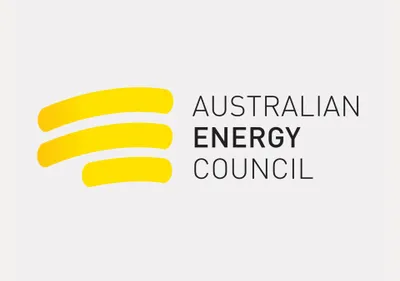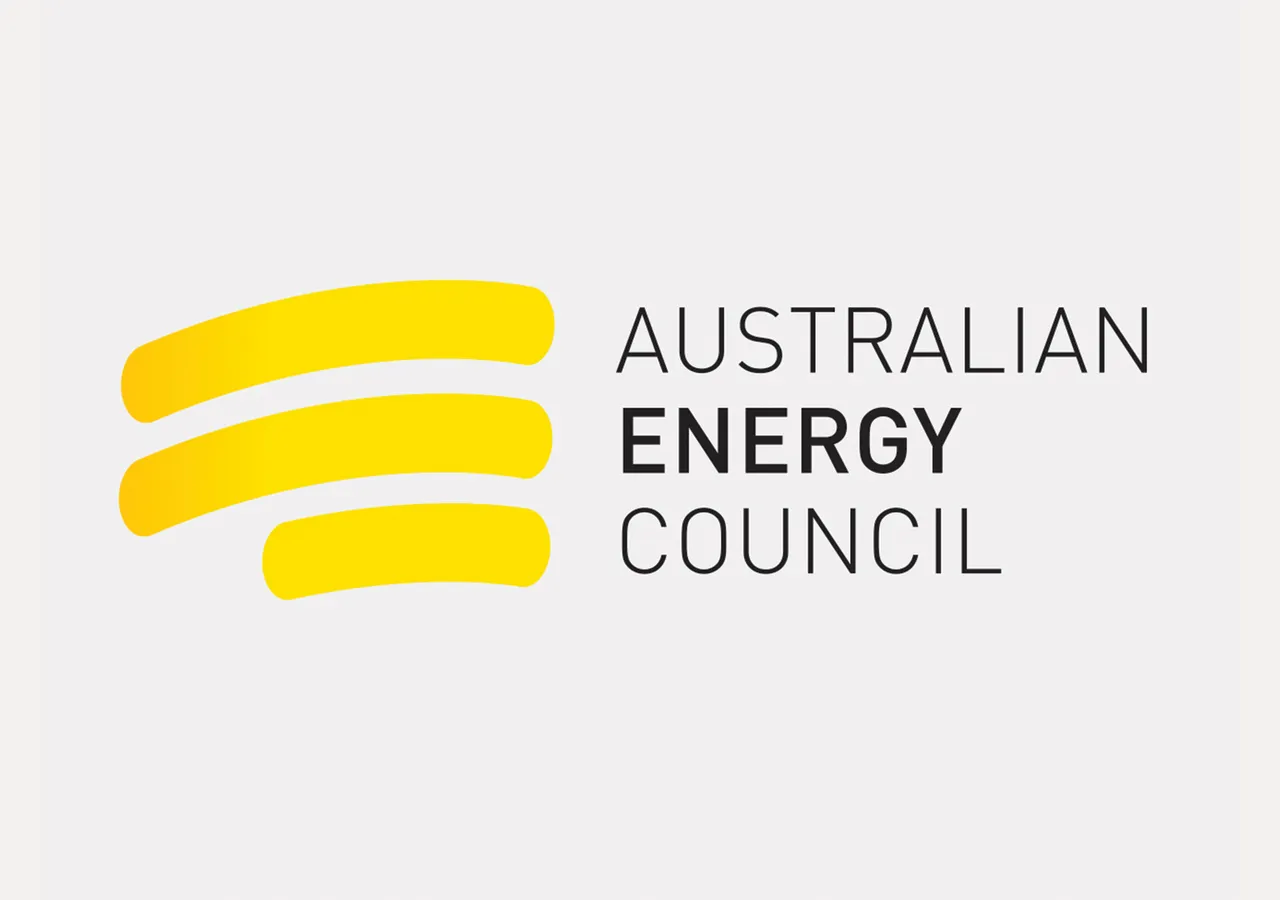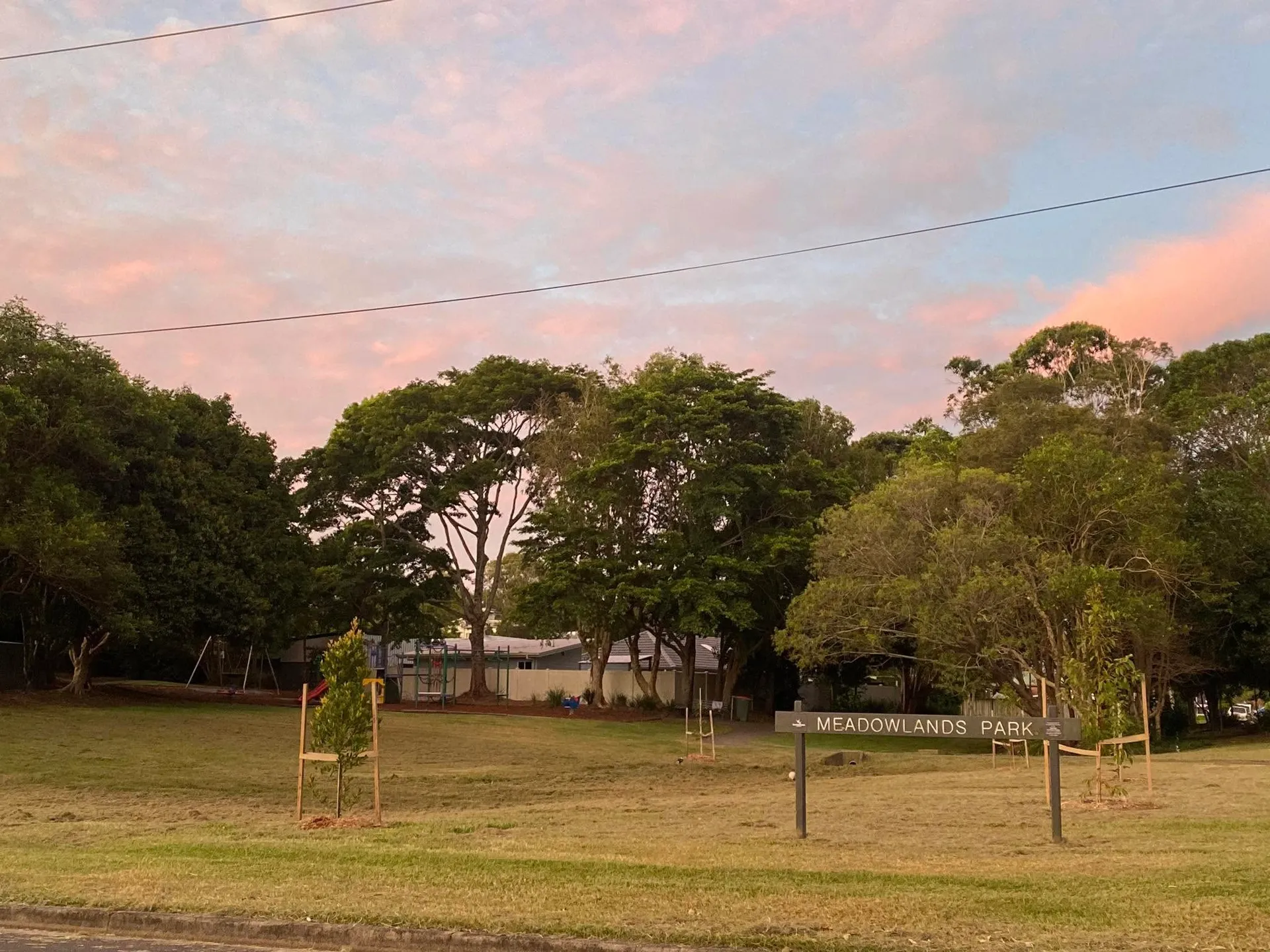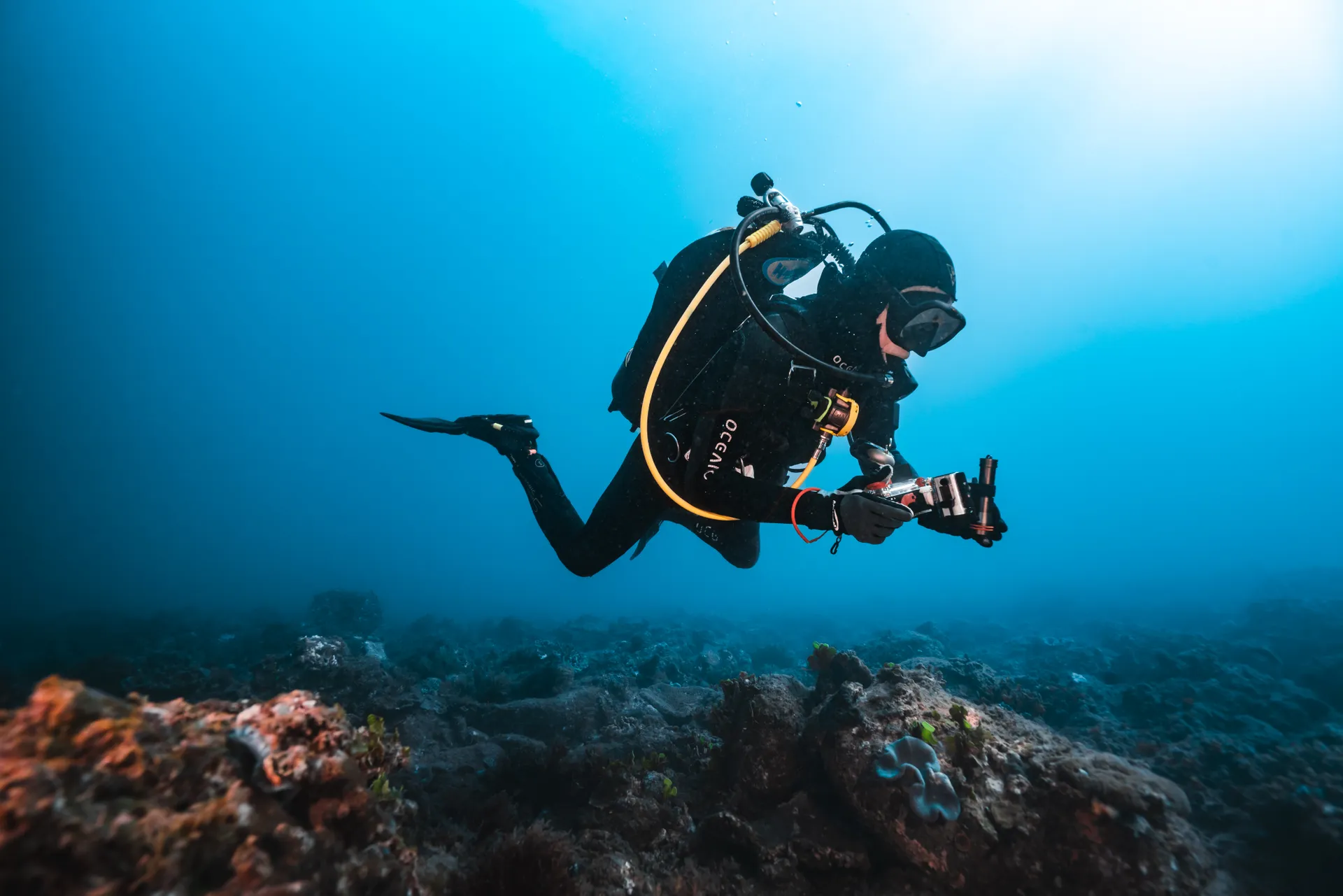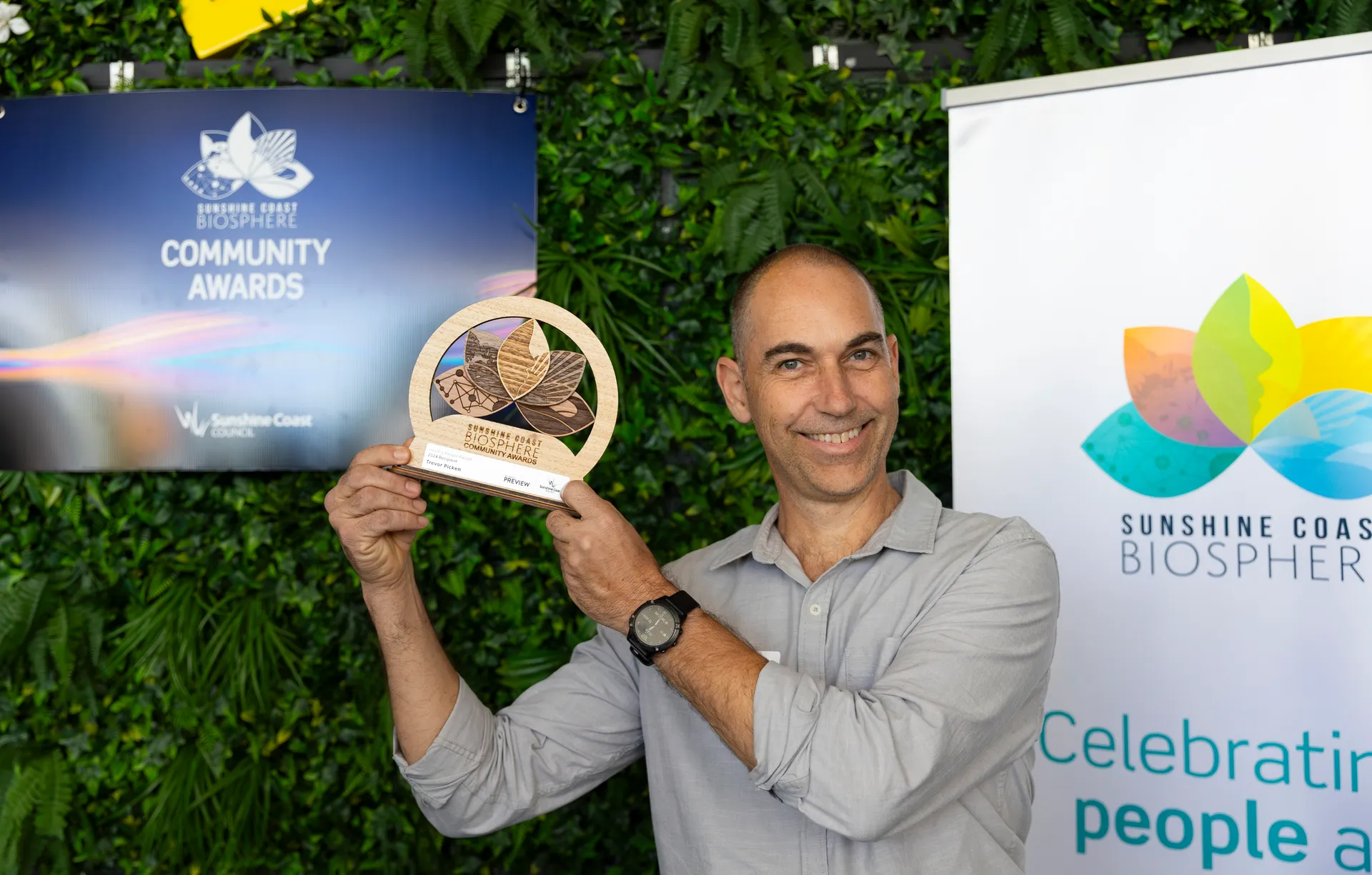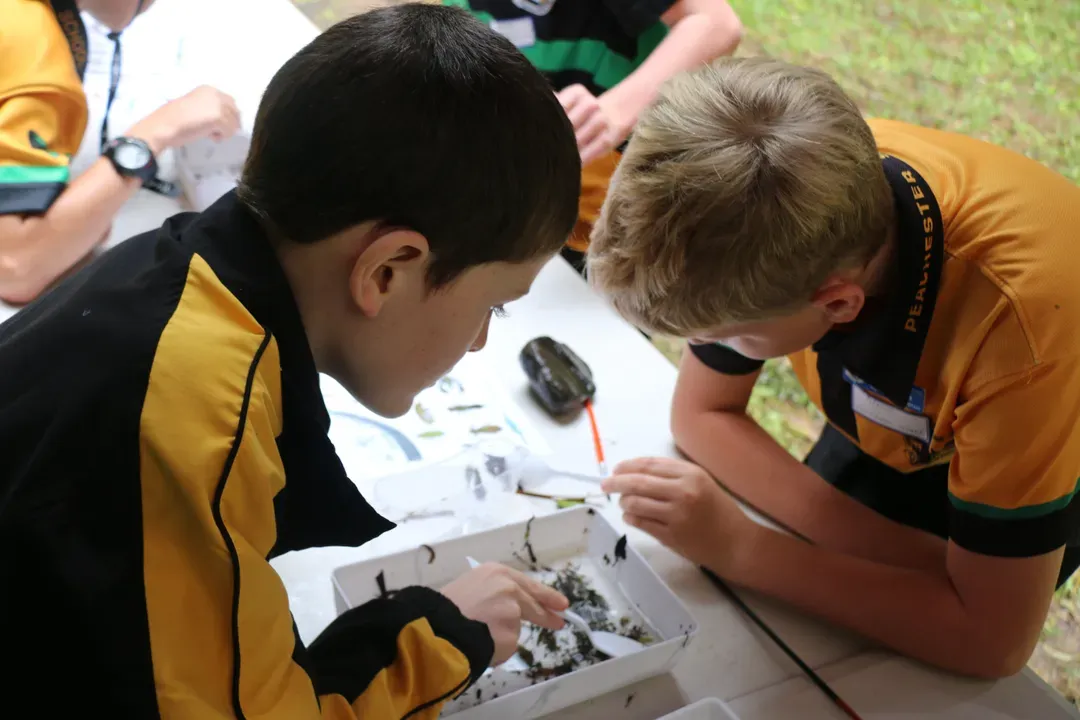15 Easy Ways To Reduce Your Plastic Consumption
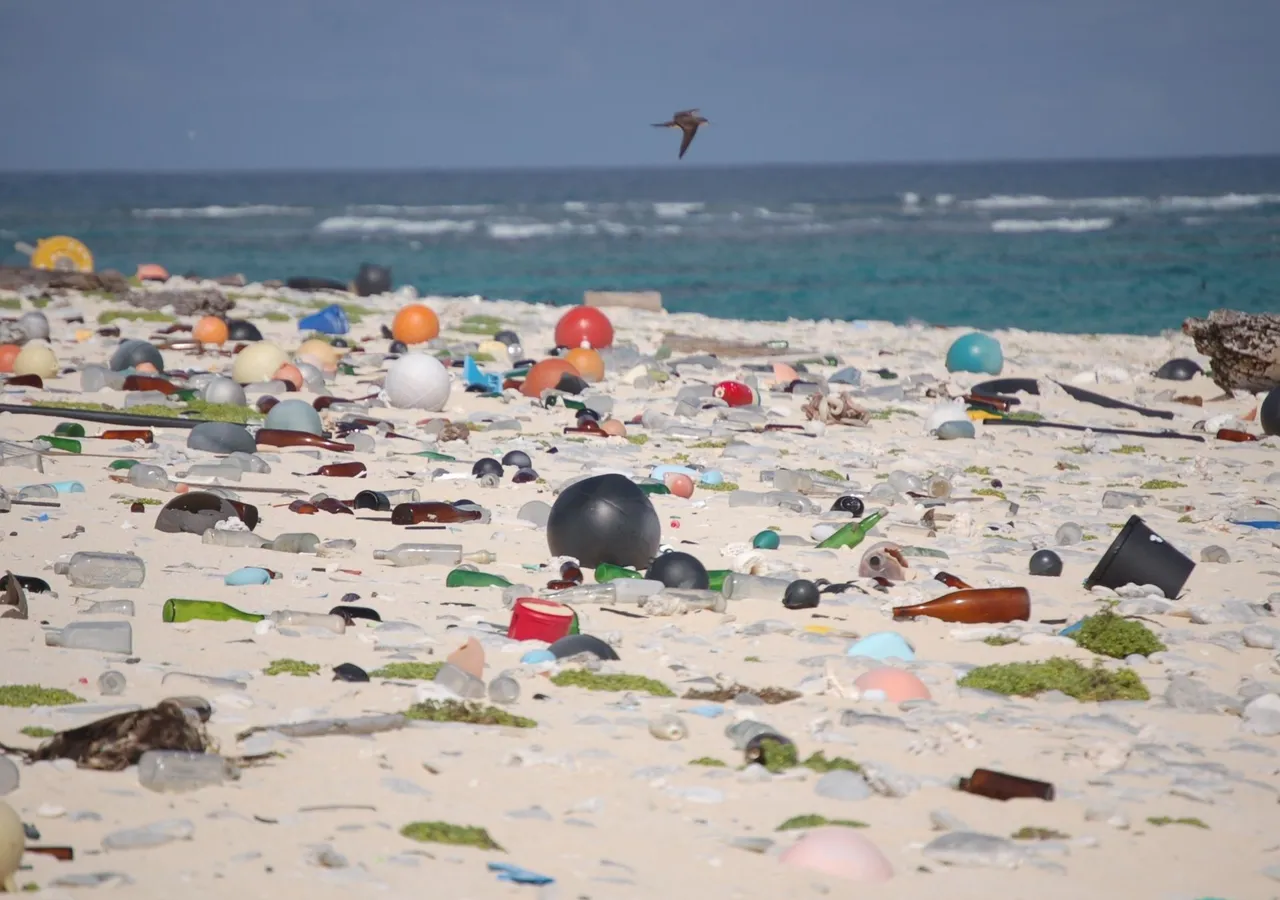
We brush our teeth with it, eat and drink from it and even wear it: from the moment we wake up until we go to bed, plastic is all around us. As I type this sentence, I use my keyboard — made of plastic.
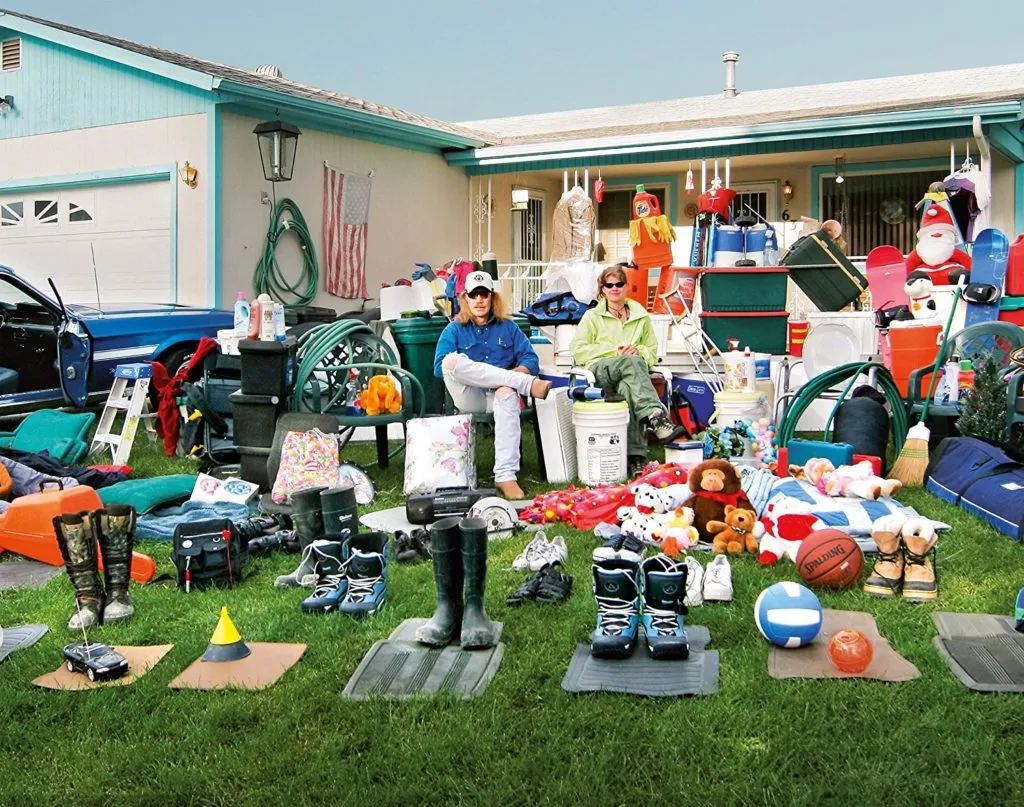
*“…and this is all the plastic shit I found in my house”* Image: Plastic Planet Documentary (2009)
We brush our teeth with it, eat and drink from it and even wear it: from the moment we wake up until we go to bed, plastic is all around us. As I type this sentence, I use my keyboard — made of plastic.
In 2015, I visited a landfill in India. Wading between huge piles of plastic with protection covers wrapped around my shoes, I felt dizzy and nauseous. The next day I got REALLY sick. But how could the workers be there without protection? Learning that hundreds of millions of tons of plastic are produced worldwide every year and that plastic waste can take up to 1000 years to decompose in landfills, I thought that there must be a way to make these huge piles of plastic smaller…. Actually, here are not just one but 15 ways to reduce your plastic consumption RIGHT NOW:
1. Reusable Bags vs. Plastic Bags
Fact: It’s estimated that ~5 trillion plastic bags are being consumed in 2021. That’s 160 plastic bags a second!!! You can keep track of the number of plastic bags produced worldwide here. You can only imagine what this means for our environment.
*Time to decompose: 20–1,000 years.
Solution: Always carry a reusable bag (e.g. made of organic cotton) with you when shopping and say NO to offered plastic bags.
2. Reusable Bottles vs. Plastic Bottles
Fact: Every minute 1 million plastic bottles are sold worldwide. They also contain questionable substances which over time can be absorbed in the drink itself. That ain’t healthy!
Solution: Make a reusable water bottle (metal/glass) your new partner in crime — saves time, money, and the environment, win-win!
3. Reusable Cup vs. Disposable Go-to-Cup
Fact: Takeaway coffee in disposable cups create unnecessary waste.
Solution: Bring a reusable cup when you order your coffee-to-go. Most cafes will accept it. If not, it’s their bad and ➡️ next.
4. Wooden Toothbrush vs. Plastic Toothbrush
Fact: Every single toothbrush that has ever been used is still on the planet. Yikes.
Solution: Get a wooden, compostable toothbrush instead. They’re usually available in organic shops, regular drug stores, or online.
5. Classic Steel Razor vs. Disposable Razors
Fact: Disposable razors are the most wasteful product we use in the bathroom. No jokes, BILLIONS (!!!) of them end up in landfills every year.
Solution: A classic steel razor. It’s not only cheaper in the long run as it lasts a lifetime, but the results are better too — trust me.
6. Recyclable & Reusable Packaging vs. Plastic Packaging
Fact: Most products we buy are packed in plastic. Even lose fruits…are wrapped in plastic sometimes. And it makes me go craaazy.
Solution: Avoid buying products in single-use packaging, especially when made of plastic. Environmentally-friendly packaging alternatives are wood, glass, stone, ceramic, or metal. Here are some tips:
- Buy loose fruits & veggies from fresh markets.
- Make your own freshly squeezed juice at home or eat fruit instead of buying juice in plastic bottles.
- Choose cosmetic products in eco-friendly packaging. Think coconut oil in refillable glass bottles, your own mixed salt/sugar/coffee peelings in glass jars, and natural soaps in paper bags. Here are our tips on how to make your own beauty products at home.
- Use natural cleaning products that are packed in biodegradable packaging. Some organic shops offer refillable bottles. Voilà!
7. Natural Wrap vs. Plastic Wrap
Fact: Disposable plastic wrap is neither good for your health nor for our planet.
Solution: Pack your lunch either in reusable glass tupperware or use compostable natural food wrap made of beeswax. During our Conscious Loft event, we collaborated with gaia – they do an amazing job in keeping our food fresh!
8. Reusable Period Products vs. Disposable Period Products
Fact: Disposable period products (pads, tampons) generate insane amounts of waste. They also often contain plastics (conventional pads are 90% made of plastic), toxins, and aren’t biodegradable. Worldwide, BILLIONS of tampons and pads are dumped each year.
Solution: Try alternatives such as reusable cloth pads, organic cotton tampons, period panties, or the menstrual cup. All of these options are better for your health, easy to use, environmentally friendly, and save you lots of money! Read our article on how the menstrual cup changed my life.
9. Cloth Diapers vs. Disposable Diapers
Fact: The same as for disposable period products applies to disposable diapers.
Solution: Try to use cloth diapers. They are safer for your baby’s health, reduce your baby’s carbon footprint, and save you money, too.
10. Natural Fibers vs. Synthetic Fibers
Fact: Clothing made of synthetic fibers such as viscose, polyester, or nylon releases microscopic plastic fibers with every wash. Our skin absorbs these chemicals through our clothes. Toxic dyes must be avoided too! Read our article about toxic fibers.Read our article about toxic fibers.
Solution: Choose clothes made of natural fibers such as linen, hemp, or certified organic cotton.
11. Bamboo & Metal Straws vs. Plastic Straws
Fact: Drinks in bars or restaurants are still served with plastic straws. You think one single plastic straw makes no difference? Well, imagine if 8 billion people think so too. Exactly.
Solution: Either you have your drink without a straw or, if you believe the drink tastes better with a straw (like I do), always carry a metal/bamboo straw in your bag, just in case. Oh, and don’t forget to order your drink without a plastic straw.
12. Phone Cases Made Of Sustainable Materials vs. Plastic Phone Cases
Fact: Yep, even most phone cases are made of plastic.
Solution: Buy from brands that make phone cases out of more sustainable materials such as cork, wood, or recycled plastic.
13. Peppermint Oil vs. Bubble Gum
Fact: Chewing on flavored synthetic plastics is actually pretty gross.
Solution: For some fresh breath use 1 drop of organic peppermint oil. And hey, it’s also good for your digestion!
14. Refillable Metal Lighters vs. Plastic Lighters
Fact: Disposable plastic lighters are something we lose ALL THE TIME. And for that, they are pretty unsustainable.
Solution: Invest in a refillable metal lighter or use matches instead.
15. Eco-Friendly Toys vs. Plastic Toys
Fact: ~90% of the toys on the market are made of plastic making the toy industry the world’s most plastic-intensive industry (UNEP report 2014).
Solution: Donate functional toys, reuse second-hand toys, and buy toys made of natural materials such as wood, wool, or cotton.
How many of these 15 steps do you already have a good grip on? Oh, I forgot to mention one more way to reduce plastic consumption: spread the word! Inform others about how reducing the use of plastic in our lives changes the world. Tell your family and friends about how these changes may seem small but have a big impact. You can do this! HAPPY EARTH DAY 💚
Original Article: www.mochni.com
